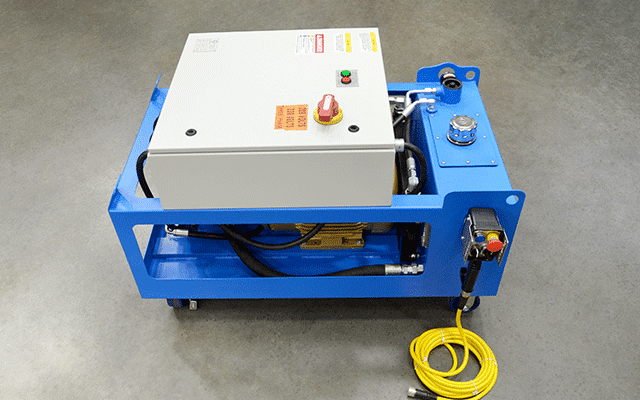Panama Canal Tackles Climate-Change Puzzle: Too Little Rainwater or Too Much
PANAMA CITY—The Panama Canal faces a creeping threat from weather change, which include droughts so powerful that ships sometimes lower their cargo so as not to run aground, and giant storms that nearly overwhelm its dams and locks, canal officials say.
The canal has not experienced a big disruption like the one particular endured by the Suez Canal in late March, when a container megaship ran aground for nearly a week, tying up a chunk of world wide delivery at a time of rising bottlenecks in the world’s supply chains.
But the Panama waterway faces a lot more major lengthy-term difficulties that could also disrupt world wide delivery. The most significant dilemma is diminishing rainwater required to run the fifty-mile waterway, as a result of which four% of world wide trade passes. 4 of the past seven several years have been among the driest due to the fact 1950, in accordance to estimates from the condition-run Panama Canal Authority.
“Our challenge is how to address the h2o dilemma,” reported Ricaurte Vásquez, chief of the Panama Canal Authority. There is way too small h2o for the duration of the dry months, or way too significantly all at after as hotter temperature brings about even larger storms to hit the place, which include close by hurricanes.
Canal authorities are doing work on a $2 billion program to make infrastructure to take care of and maintain freshwater reserves—an volume equal to the canal’s once-a-year contributions to Panama’s governing administration coffers. On Monday, officials reported they would select from among thirty proposed remedies and put all those out for bids in about two several years. The jobs, with a completion goal of 2028, are expected to be a mixture of new dams and reservoirs, making use of treated sewage h2o, or finding substitute freshwater sources like diverting flows from other rivers. Authorities have also regarded as pumping desalinated seawater.







